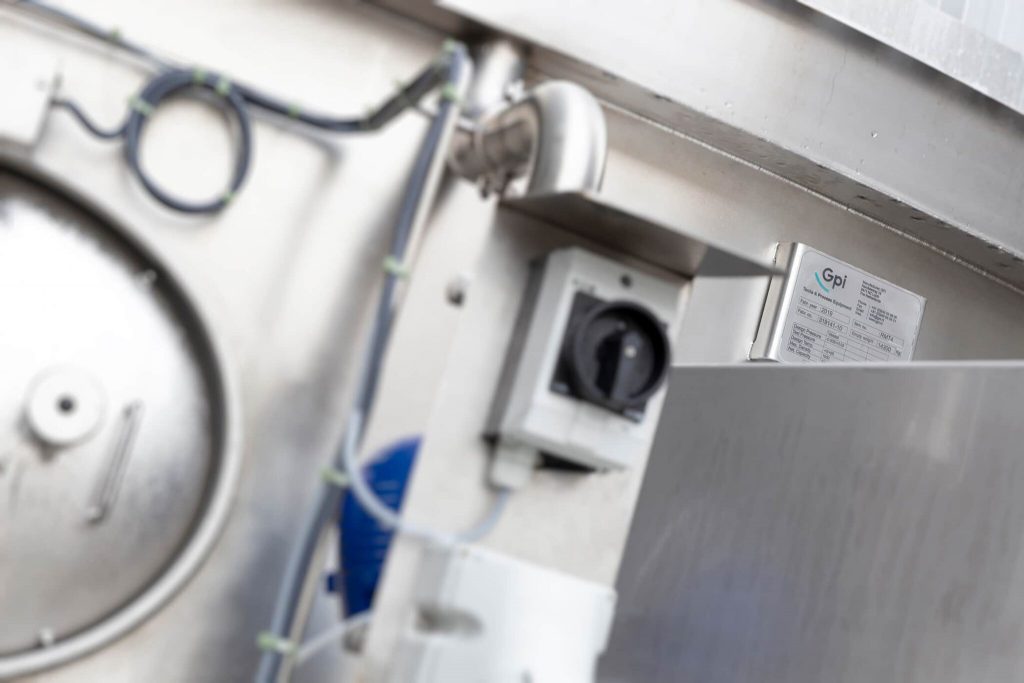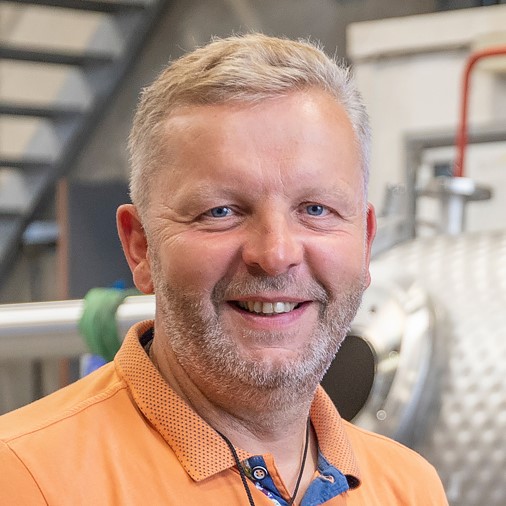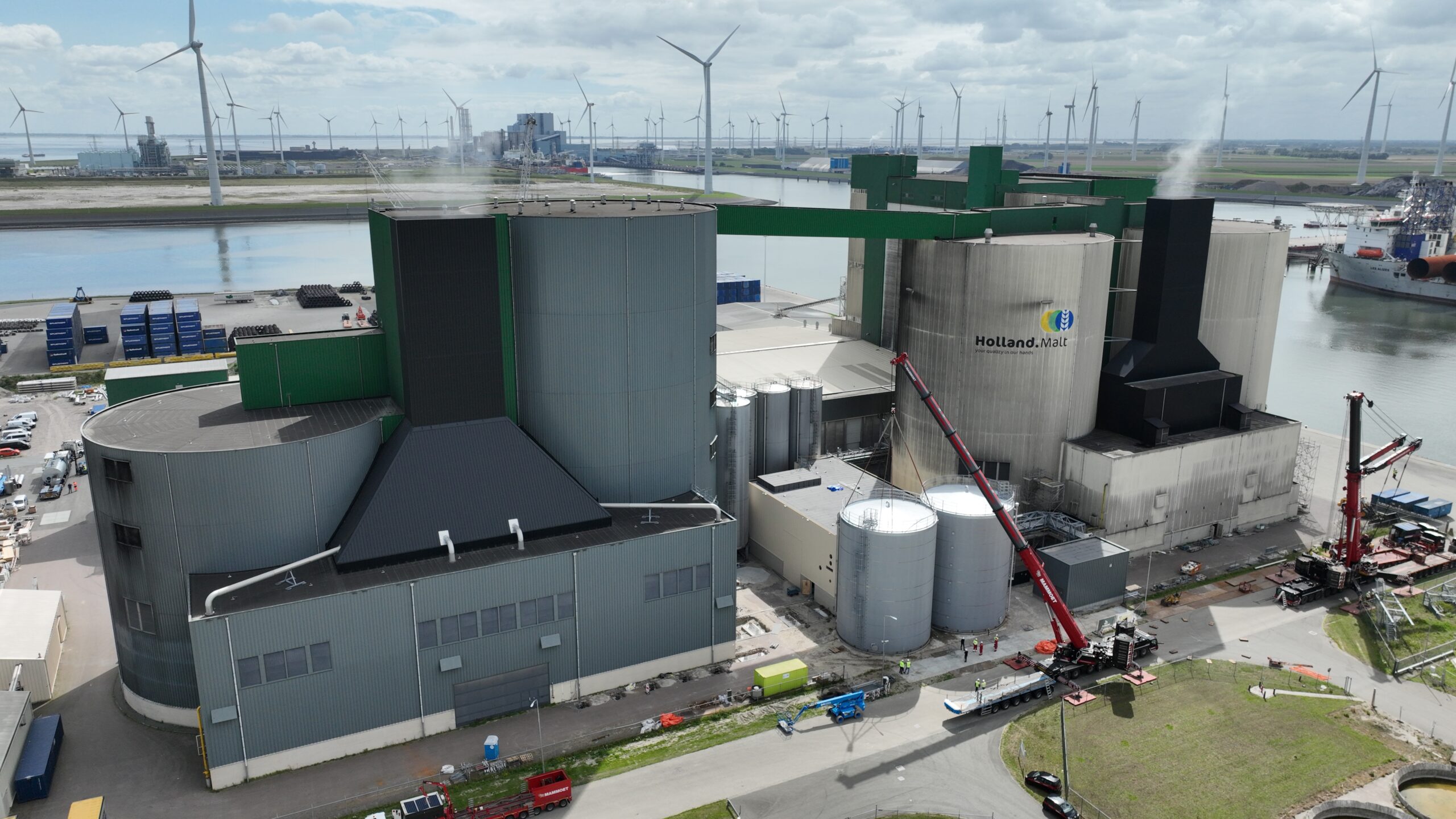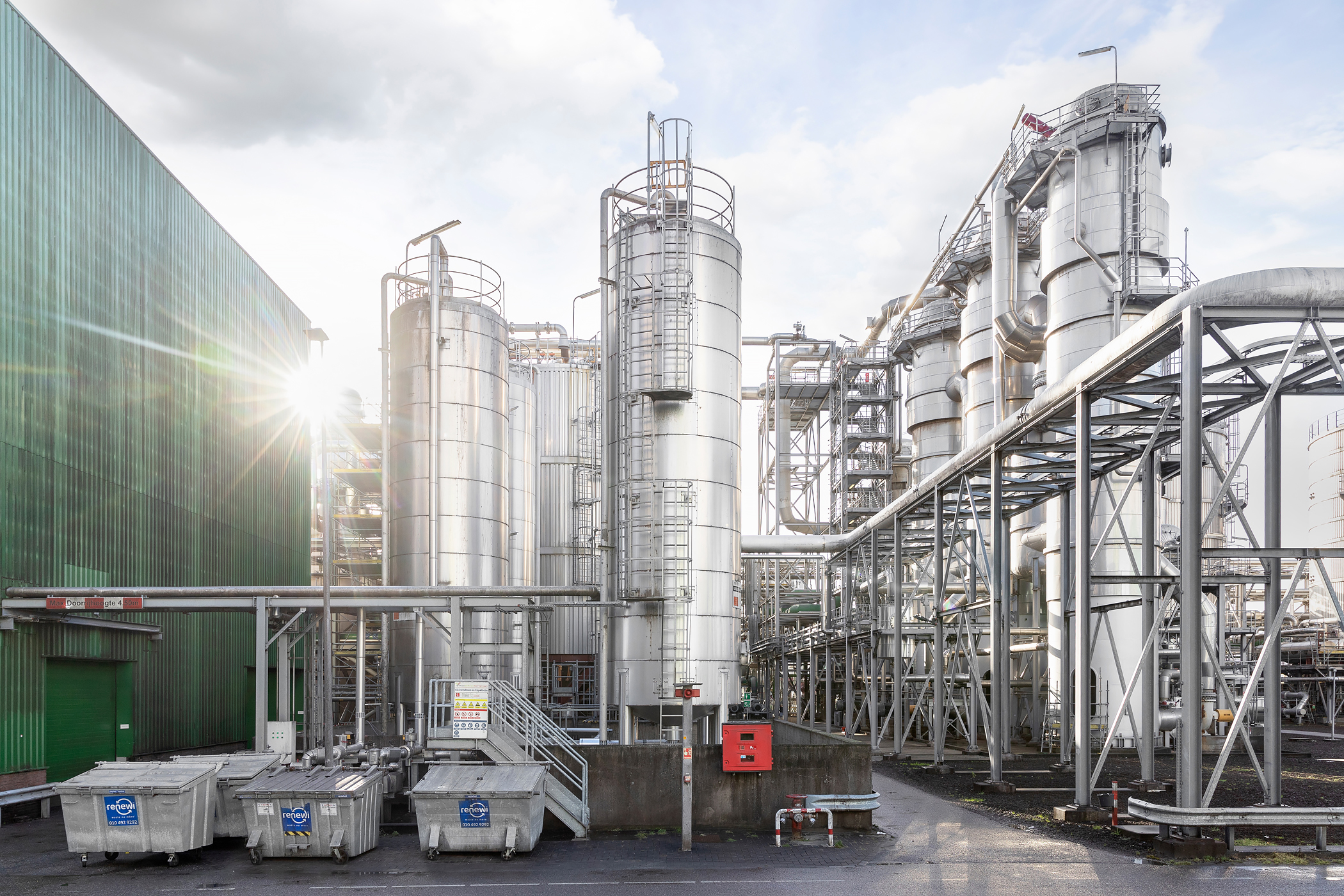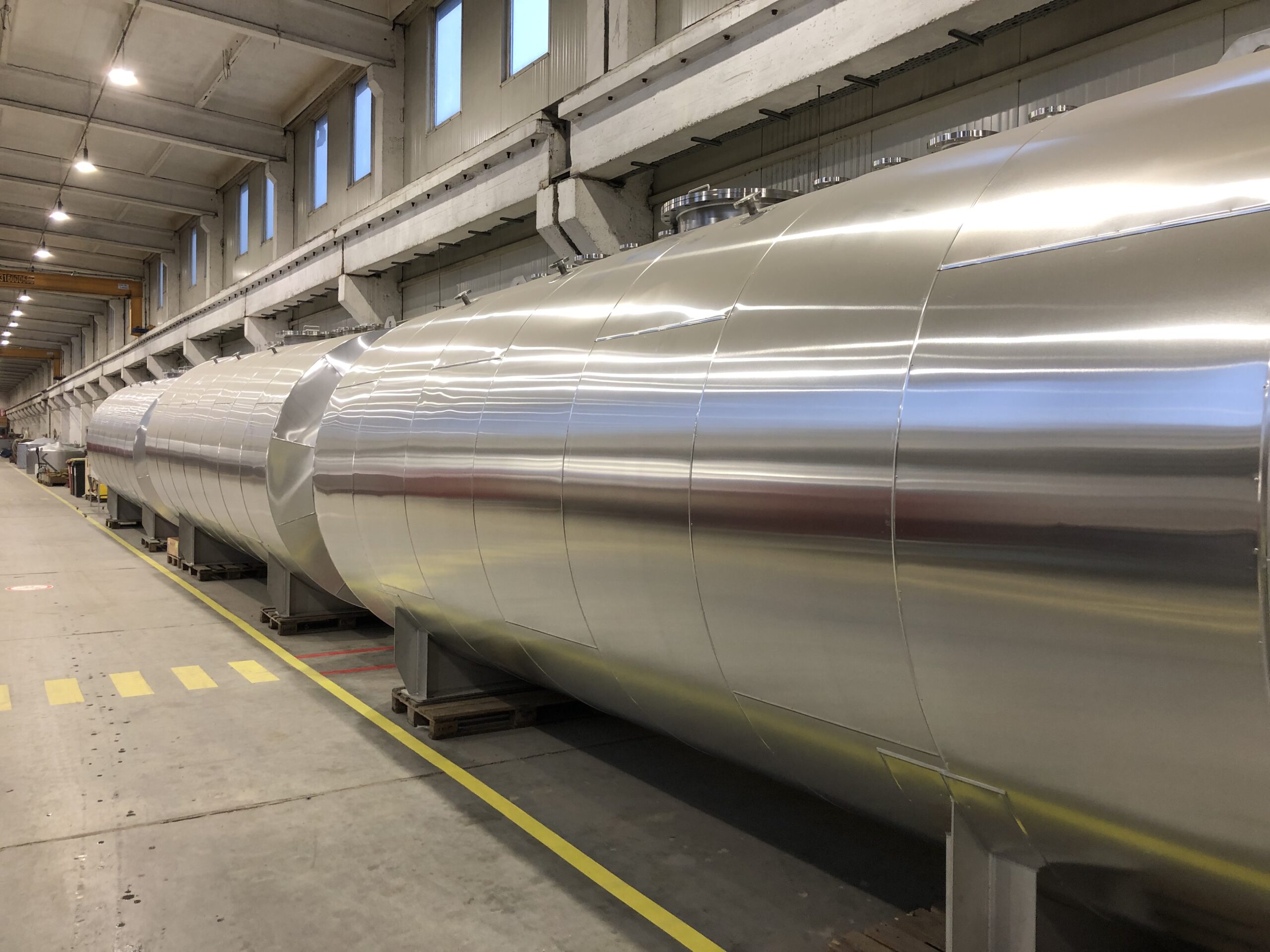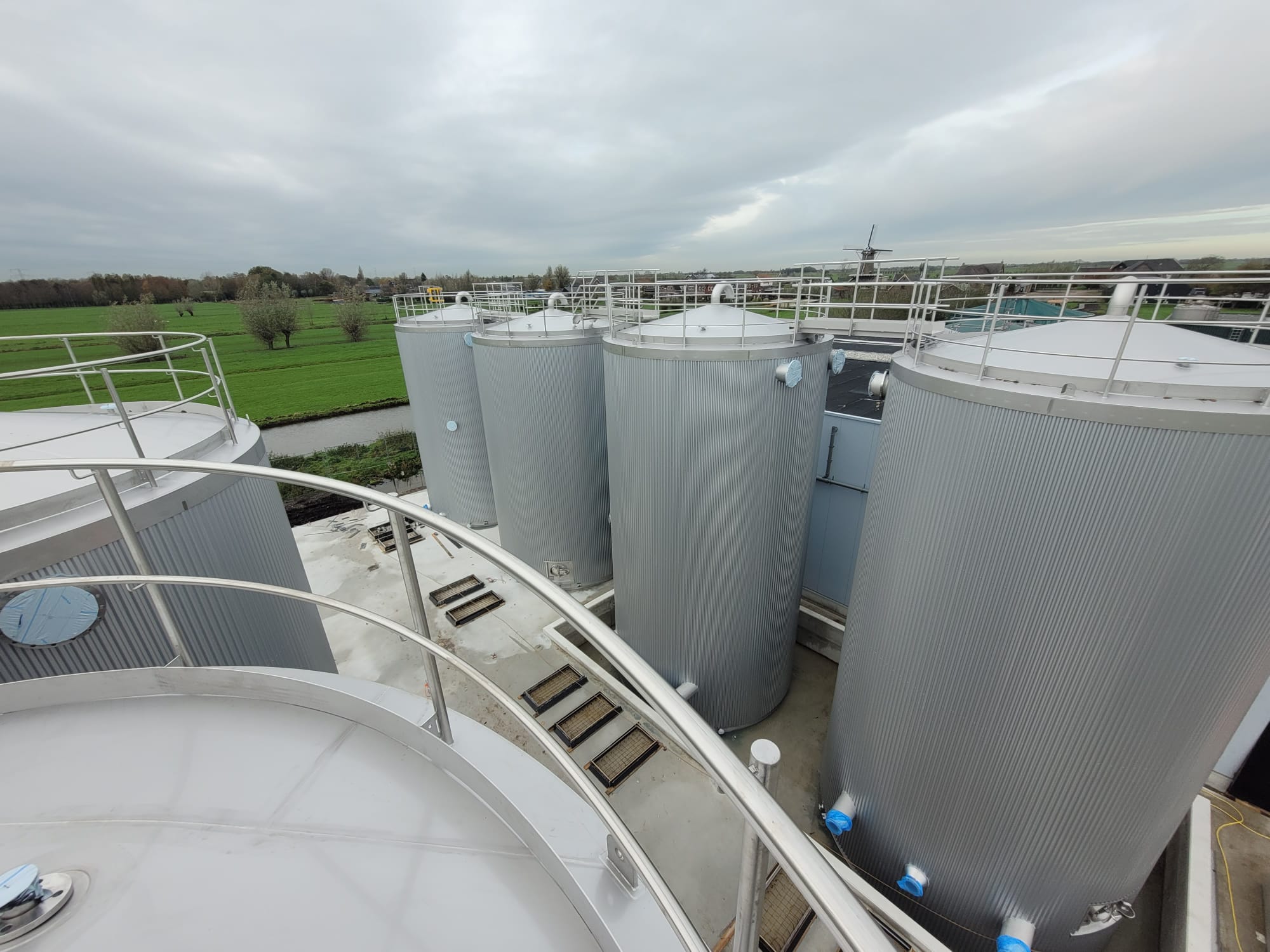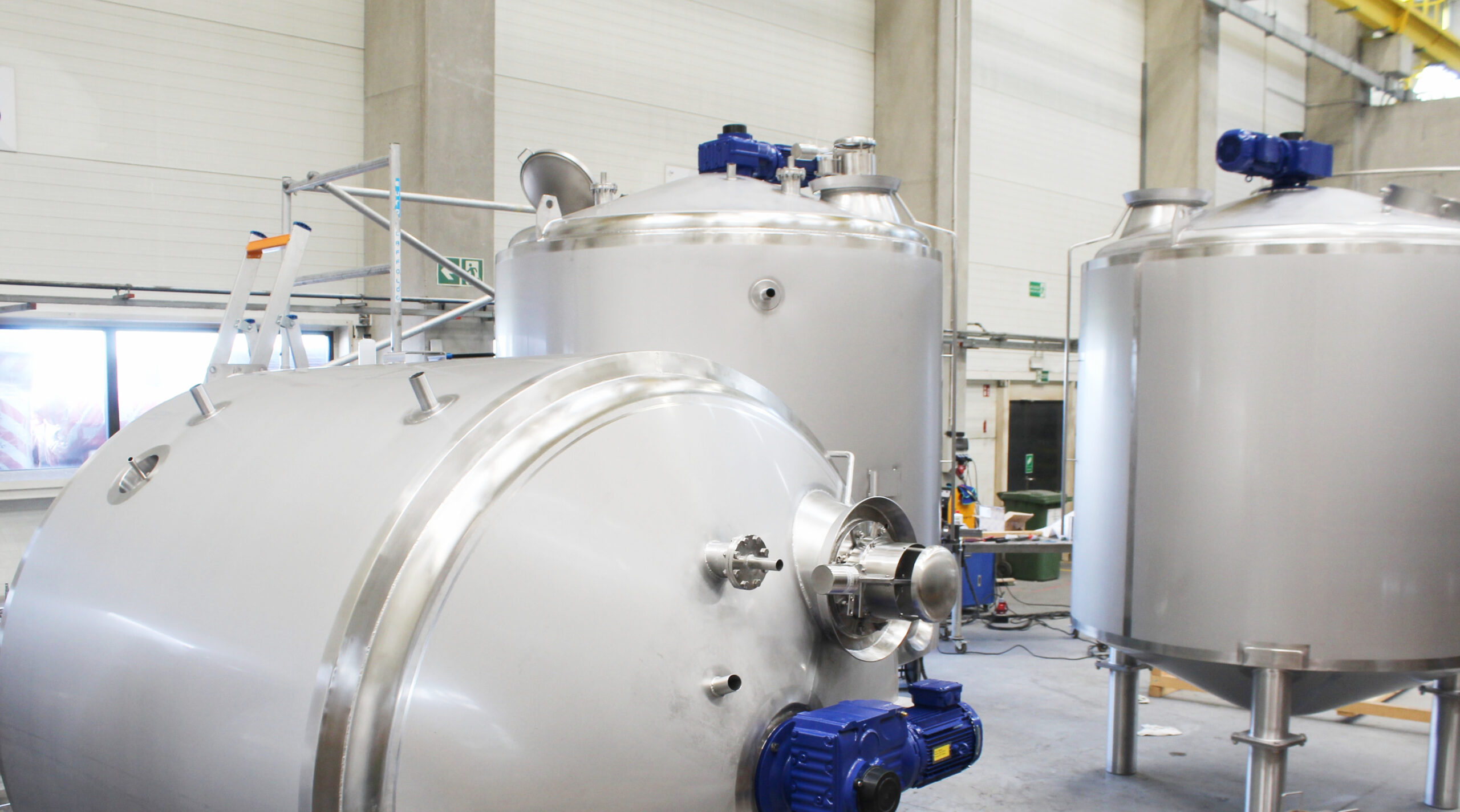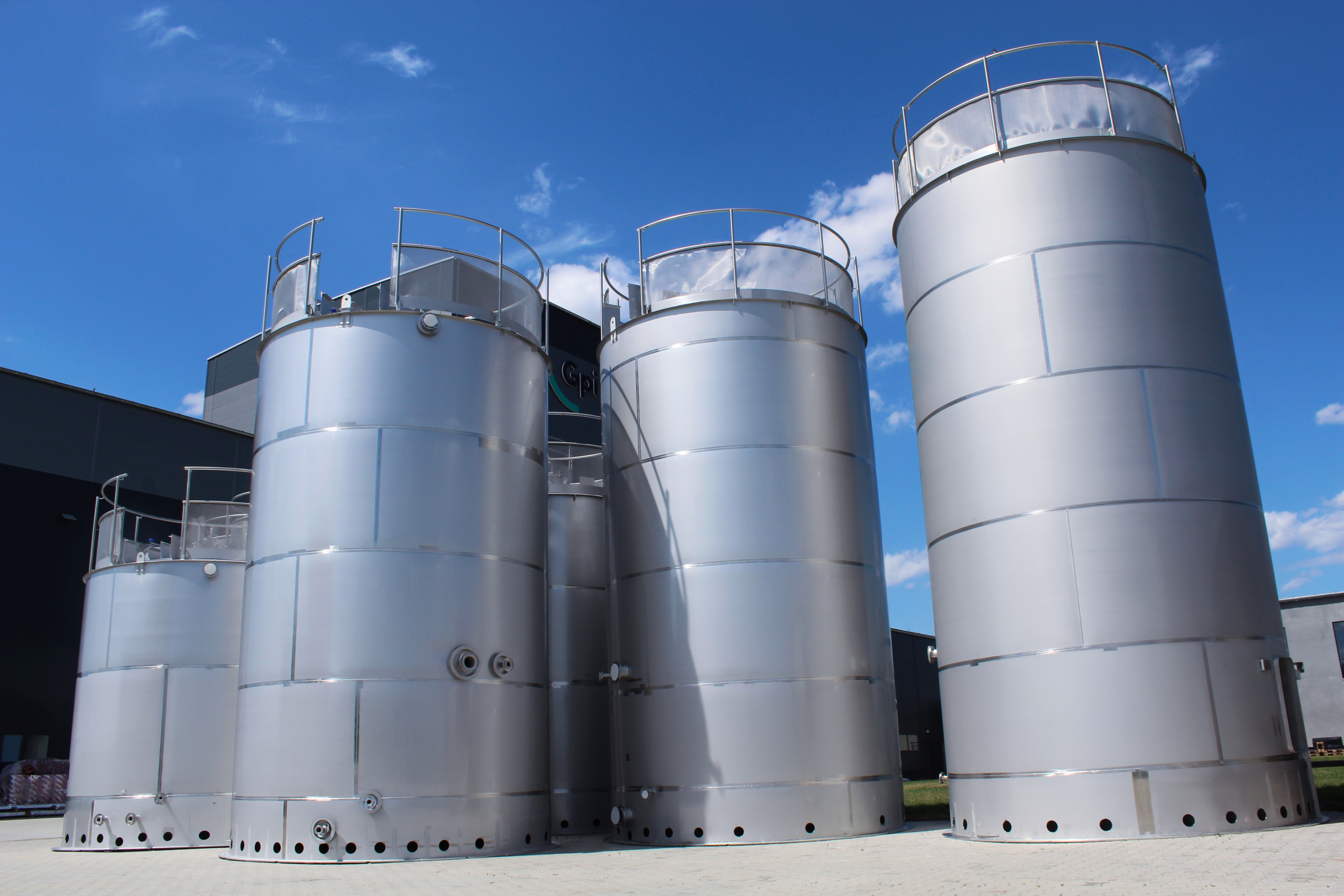Tank standards for the food industry
The food production industry, for obvious reasons, has specific requirements regarding the method of storing drinking water and food liquids. The tanks used must therefore be distinguished by the best parameters in every respect. But what does this mean in practice? We will dispel these doubts.
According to what standards are hygienic tanks built?
Fortunately, the issue of standards has been settled. The entrepreneurs themselves, who came together in The European Hygienic Engineering & Design Group (EHEDG), had a significant impact on this. According to their guidelines, hygienic tanks must, among others:
stand out with the roughness of the surface and internal joints at the level of Ra≤0.8μm,
have no shaded places, gaps,
do not contain sharp edges,
have valves and sensors with EHEDG certificate,
have an etched and passivated surface,
use chloride-free insulation.
This is just a small part of the requirements. The EHEDG describes standards for literally every component used in food tank construction, including bolts and the number of welds. This best shows why the organization enjoys so much trust on the part of producers and users of the tanks.
What distinguishes aseptic tanks?
Aseptic tanks are designed in such a way as to prevent the appearance of bacteria in the stored product, e.g. milk. The reservoir protects the contents against environmental influences. An aseptic tank is a storage tank for a product that has previously been pasteurized or sterilized.
The EHEDG also sets standards for sterile liquid tanks. They are used especially where specific hygiene standards must be maintained. In addition to the food industry, they are used in pharmacy and in the production of cosmetics. Aseptic tanks are made of stainless, acid-resistant steel. They are specially insulated and equipped with valves, hatches and control devices. These types of tanks also have a large capacity, but as always, it is dictated by the specificity of the industry in which they are used.
Construction and equipment of food tanks
Tanks for the food industry, aseptic, hygienic, most often have a convex or conical bottom, which allows for thorough cleaning of the tank. The cylindrical structure of the tanks must also be equipped with hygienic seals, valves and protections.
Depending on the product and the company’s needs, the tanks can be equipped with a heating and cooling jacket, an agitator, and a CIP connection.

Tested tanks with heating and cooling function
All industrial tanks must undergo a thorough inspection before they are released on the market. The responsible manufacturer of the tanks with heating and cooling function will carry out visual as well as detailed technical inspection of welds and tanks. Standards in this area are specified in EN ISO 17637 together with EN ISO 5817. In addition, there is also EN 13445-5 Weld roughness measurements, short-term stirrer tests and riboflavin test are of no less importance.
As you can see, there are a number of standards described both by law and independent organizations. A trustworthy manufacturer takes into account all available guidelines
Which tanks to choose?
The choice of tanks and additional elements is not always easy. We know that the food industry is a very demanding recipient, which is why we provide our knowledge and experience. If you are wondering about the method of heating and mixing substances in the tank, you want insulation, a hygienic finish – we are at your disposal.
Gpi implementations include, but are not limited to; storage tanks for glucose syrup for an international concern, production of pressure tanks for Delicpol, Tyskie Browary Książęce, raw milk tanks for Elsdorfer.
